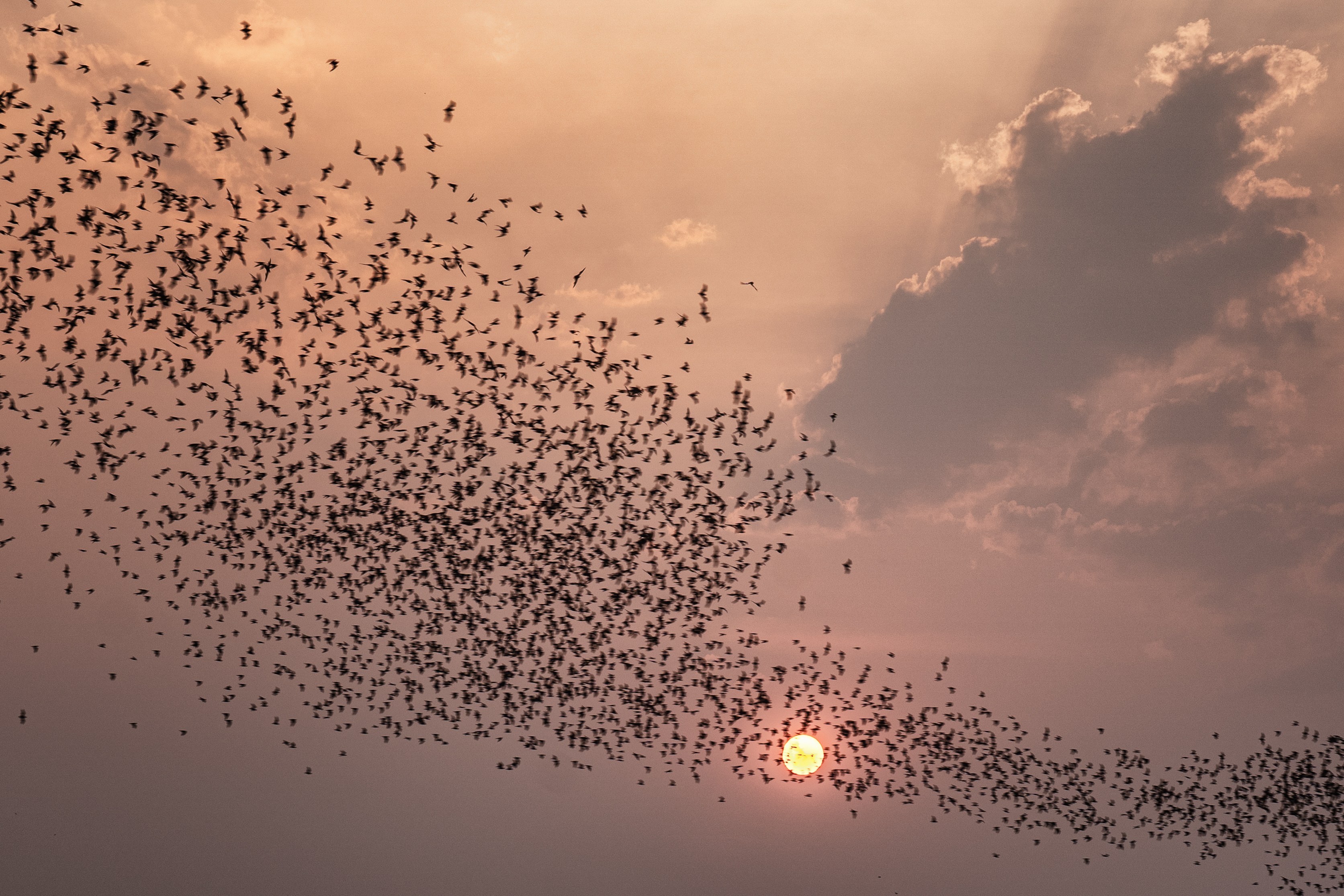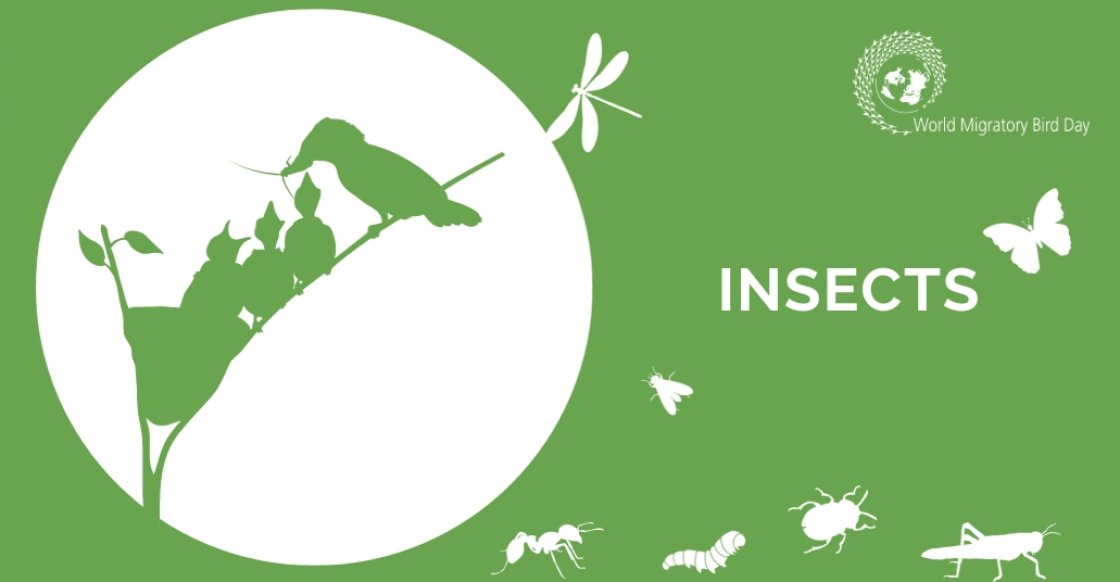Exploring the Bat Caves in Cambodia
Trip Report on Cave Bat Survey in Banan District, Battambang Province (29 November – 8 December 2023)
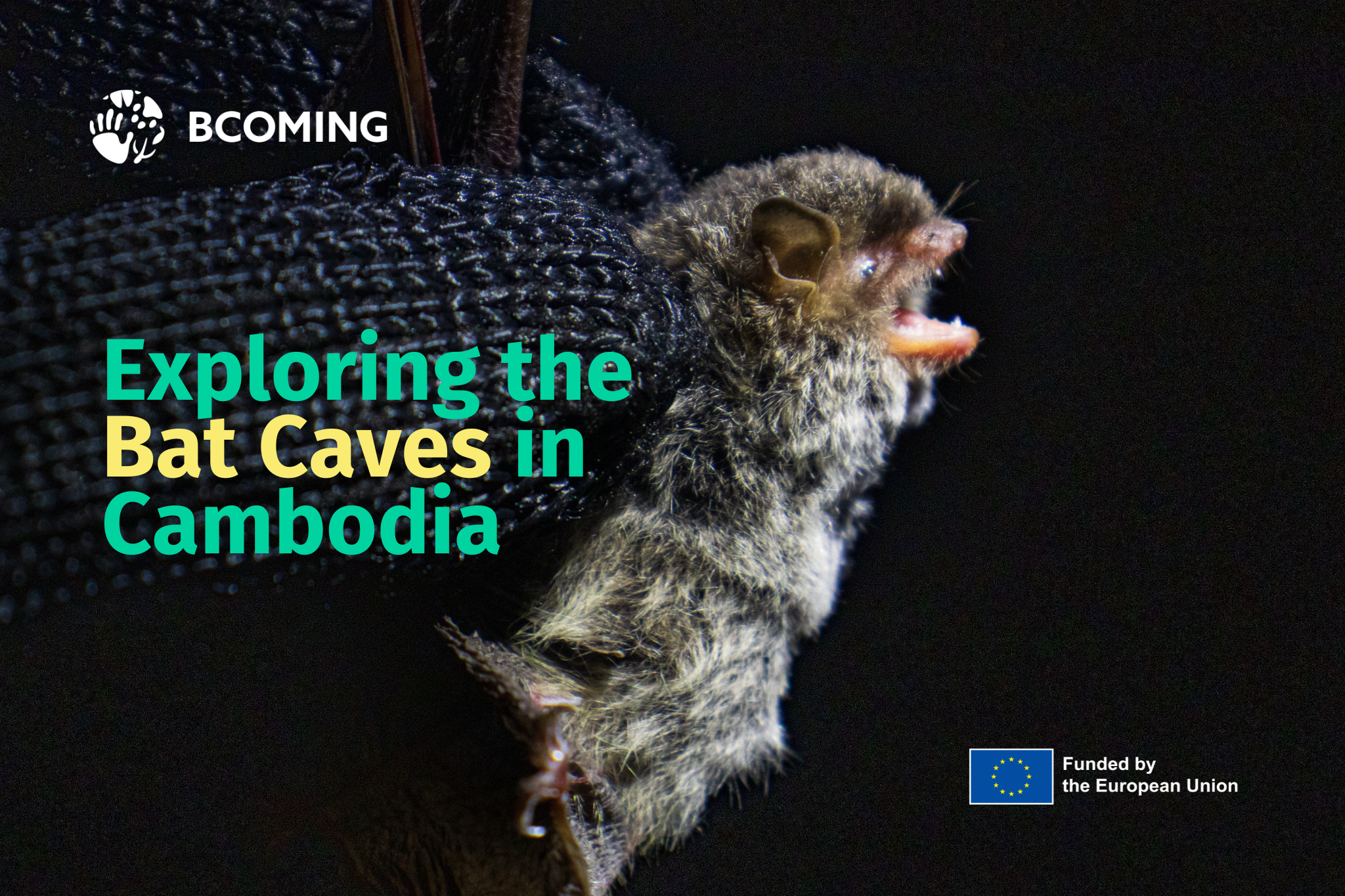
As part of the consortium implementing the EU funded project “Biodiversity conservation to mitigate the risks of emerging infectious diseases (BCOMING)”, a field survey of cave-dwelling bats was undertaken by Fauna & Flora in Banan District, Battambang Province from 29 November to 8 December March 2023. The purpose of the survey was to evaluate the bat biodiversity and human uses of caves in several limestone hills within the district and field methods included cave exploration, direct observation, acoustic sampling, live-trapping and key informant interviews
A total of 31 caves in six hills were evaluated during the survey: Phnom Takriem (seven caves), Phnom Khpoh (five), Phnom Banan (nine), Phnom Krapeou (two), Phnom Taroung Moan (one) and Phnom Sampeu (eight) (Fig.1). These include five caves in Takriem, Sampeu and Banan which are nationally significant for bat conservation as they support the largest populations of Asian wrinkle-lipped bats Mops plicatus in Cambodia (Furey et al. 2016). Additionally, the evening emergence of one of these bat colonies (La Ang Pracheav, Phnom Sampeu) has represented the top visitor attraction in Battambang Province for many years (Fig. 2).
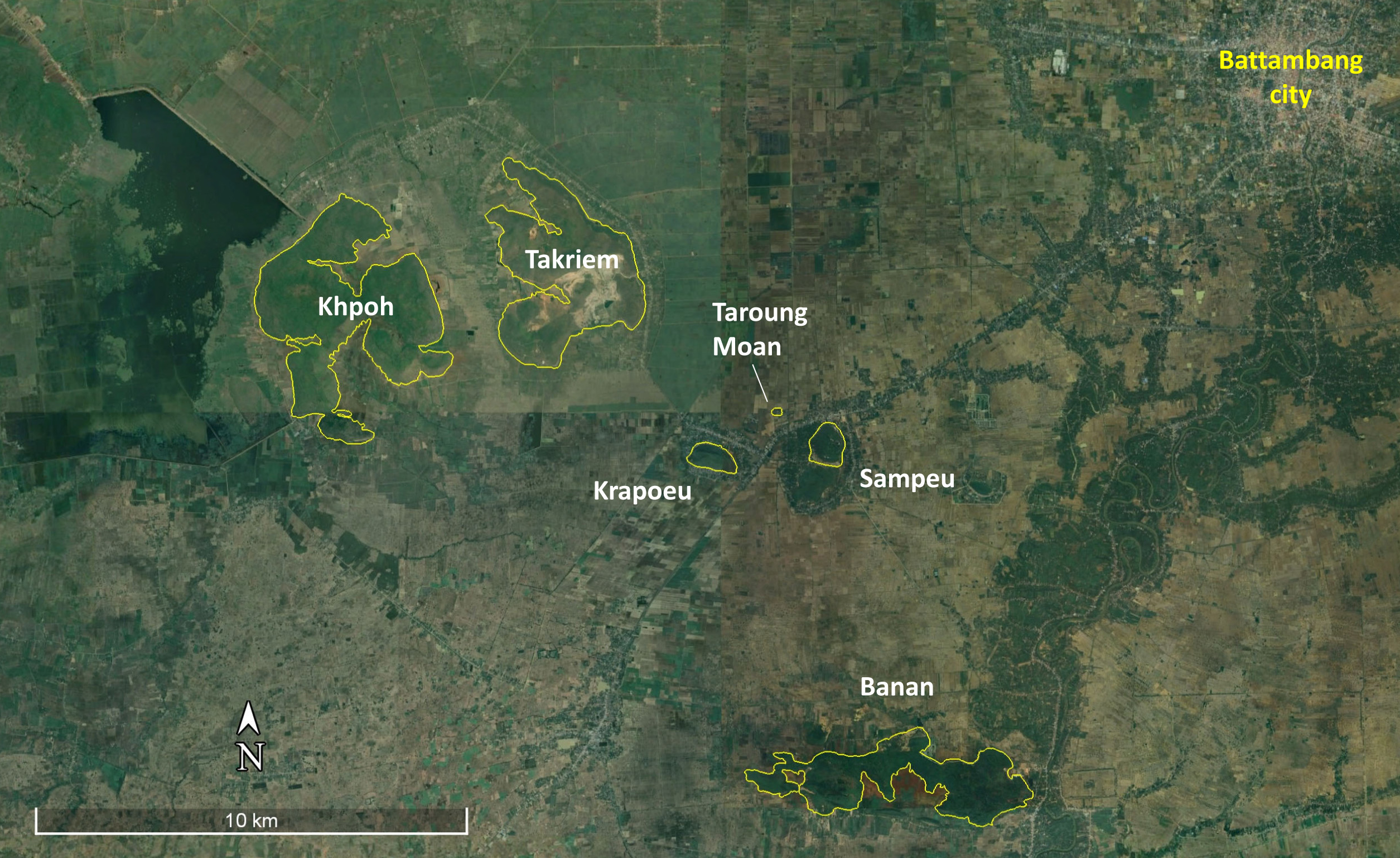
Fig. 1: Karst hills surveyed for caves, December 2023

Fig. 2: Tourists observing emerging bats at La Ang Pracheav (inset), Sampeu, December 2023
Use of caves for ritual purposes and tourism (primarily Buddhist shrines and places for meditation: Fig. 3) was common to all but one of the hills visited during the survey (Phnom Khpoh), whereas bat hunting (perhaps largely historical) and guano harvesting were evident at several others. While local interviews suggest that hunting of bats may have lessened within Banan district in recent years, it is unclear whether this is actually the case and if it is, whether it might be due to past population declines rendering hunting less profitable or because of improved food security and law enforcement, increased awareness of its illegality, or a combination of these factors.
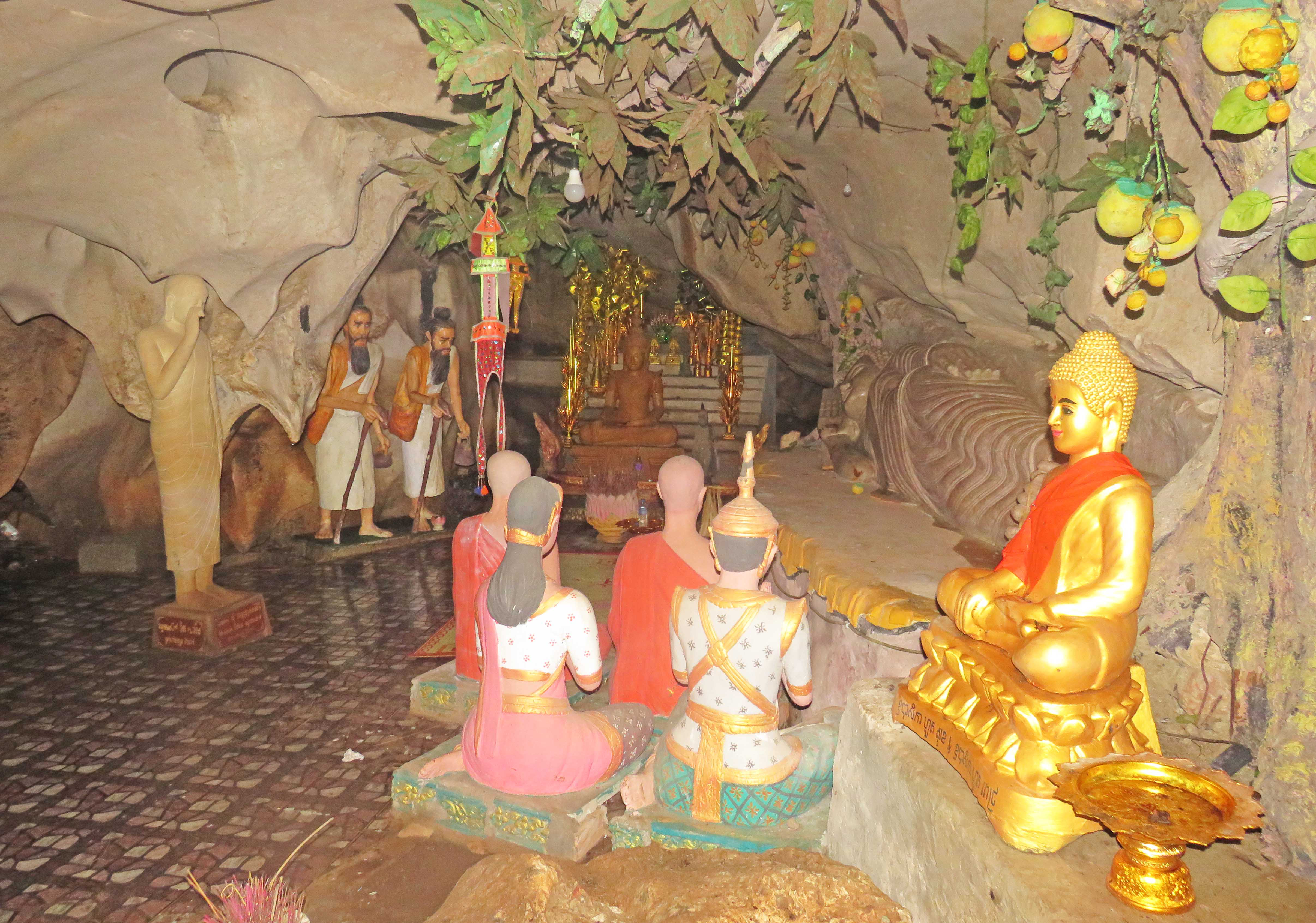
Fig. 3: Buddhist statuary in La Ang Kong Keip, Phnom Banan, December 2023
Six bat species were recorded over the course of three live-trapping sessions, whereas many more were recorded over 20 detector-nights of acoustic sampling. The former include records of Shamel’s horseshoe
bat Rhinolophus shameli and Lekagul’s leaf-nosed bat Hipposideros lekaguli (Fig. 4), whereas identification of bats registered in the latter awaits analysis of acoustic data. The record of H. lekaguli is notable as this Near-Threatened species was hitherto known in Cambodia from only one record at Phnom Prampi (Phnom Proeuk District, Battambang) and is declining significantly throughout its range due to human disturbance of its roost caves (Furey et al. 2021).
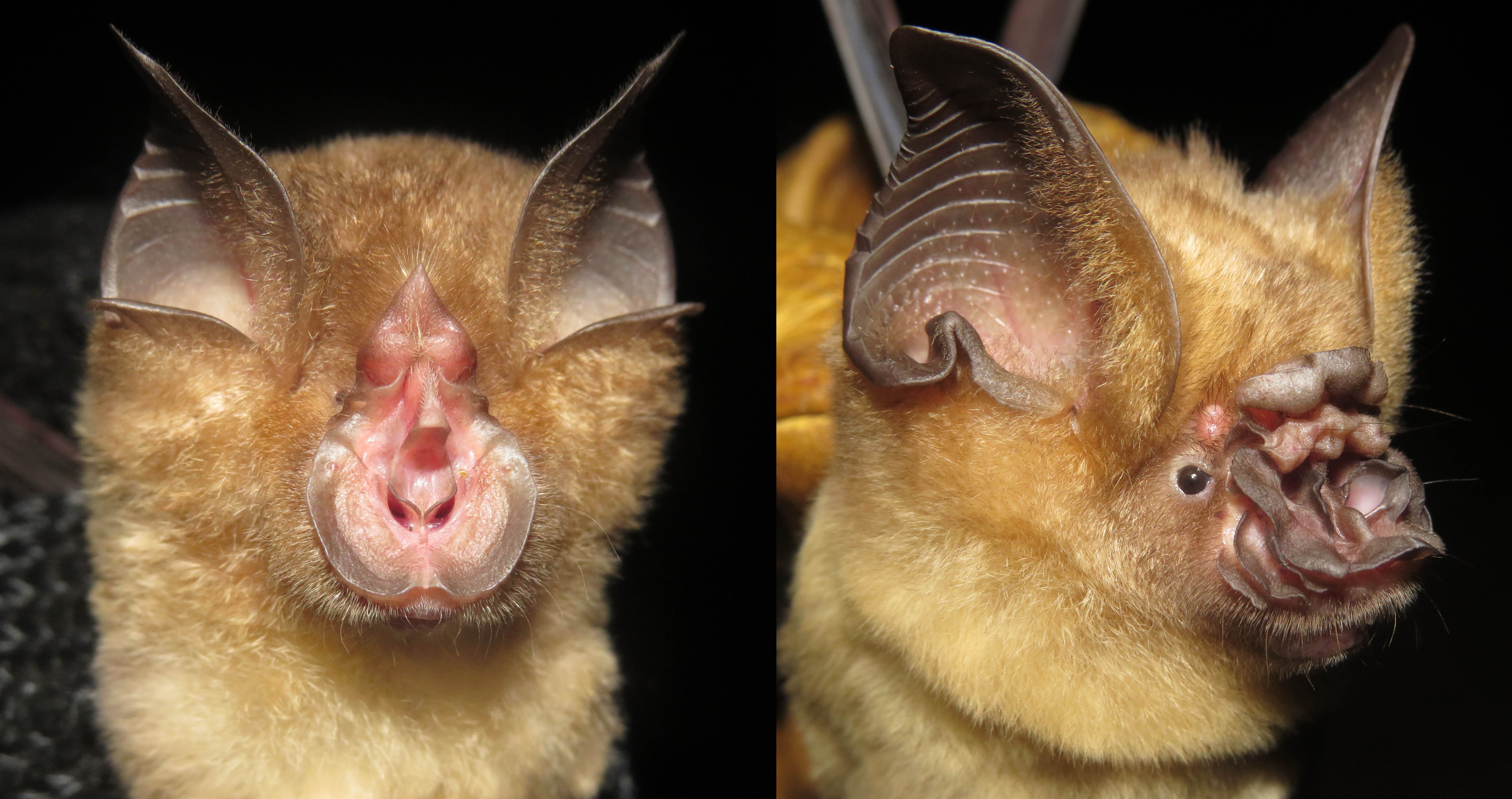
Fig. 4: Rhinolophus shameli (left) & Hipposideros lekaguli (right), two cave-dwelling species recorded in Banan District in December 2023
Discussions with the managers of the large cave bat colonies in Phnom Sampeu (Ta Rumm #1–2) revealed local concerns regarding the 1) use of airborne drones by tourists during bat emergence (Fig. 2), and 2) threats to the bats of Sampeu, Takriem and Banan when these are foraging in Ek Phnom District due to hunting of bats there. These points represent opportunities for the project to engage locally in support of its conservation and human health objectives within Battambang Province. Finally, analysis of acoustic data collected by the survey team will be undertaken in the near future and a detailed report will be compiled and disseminated to local authorities and project stakeholders shortly thereafter.
References
Csorba, G., Furey, N.M. (2022) From greener times: A new species of thick-thumbed Myotis from Phnom Penh, Cambodia. Acta Zoologica Academiae Scientiarum Hungaricae 68: 85–97.
Furey, N.M. et al. (2016) The conservation status of Cambodian cave bats. In Laumanns (ed.) (2016): International speleological Project to Cambodia 2016 (Provinces of Stoeng Treng, Kampong Speu, Banteay Meanchey and Battambang). - Berliner Höhlenkundliche Berichte, 64, 97 p.; Berlin (Speleo Club Berlin).
Furey, N.M. et al. (2021) First records of seemingly rare bats (Mammalia: Chiroptera) in Cambodia, with a revised checklist of species for the country. Acta Chiropterologica 23: 345–369.
Yim, S. & Mackie, I. (2009) Status and conservation of wrinkle-lipped bat Tadarida plicata in Cambodia. Proceedings of the international workshop on “Increasing in-country capacity and regional
co-operation to promote bat conservation in Cambodia, with particular reference to Otomops wroughtoni”, 26–27 October, Royal University of Phnom Penh, Cambodia.

